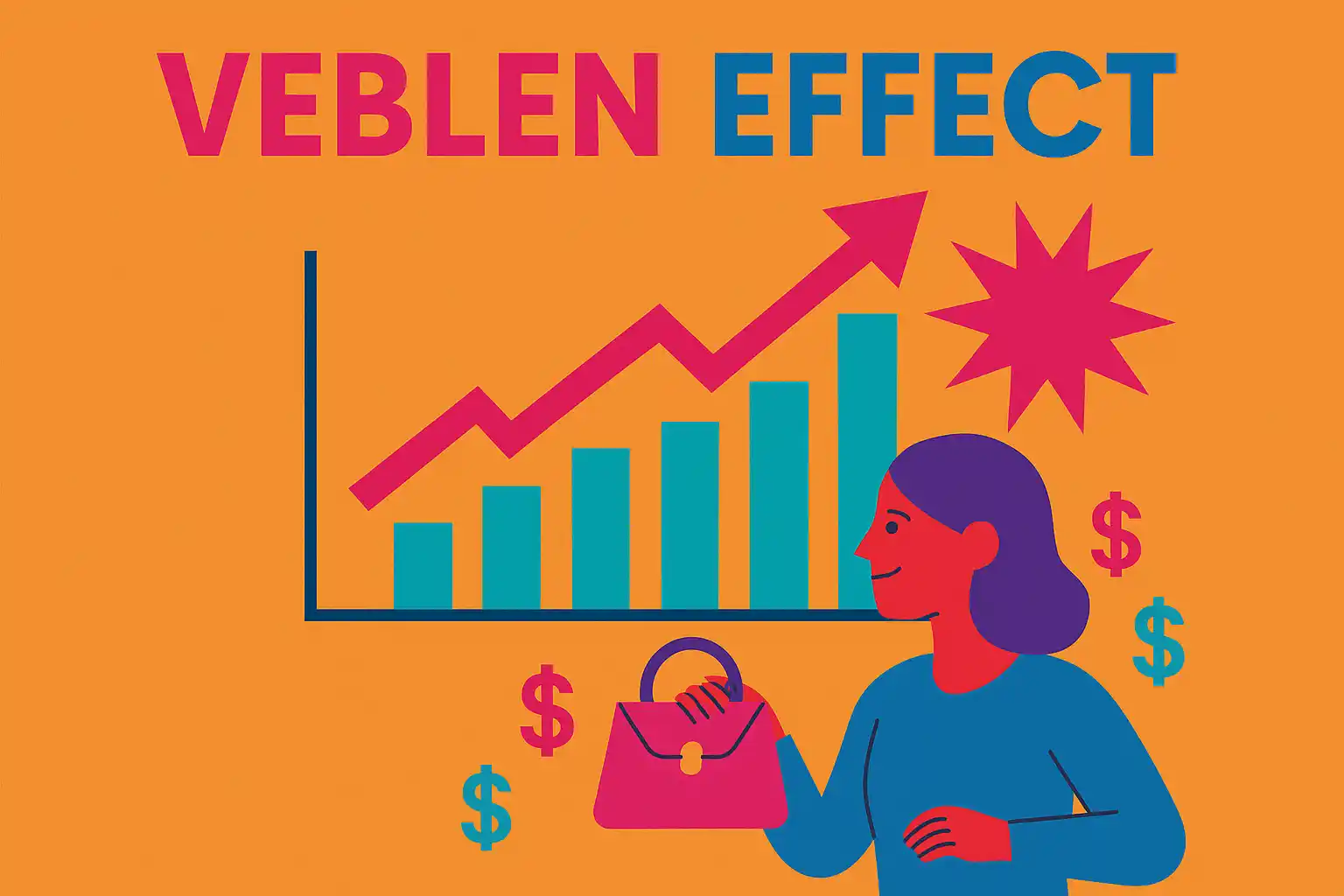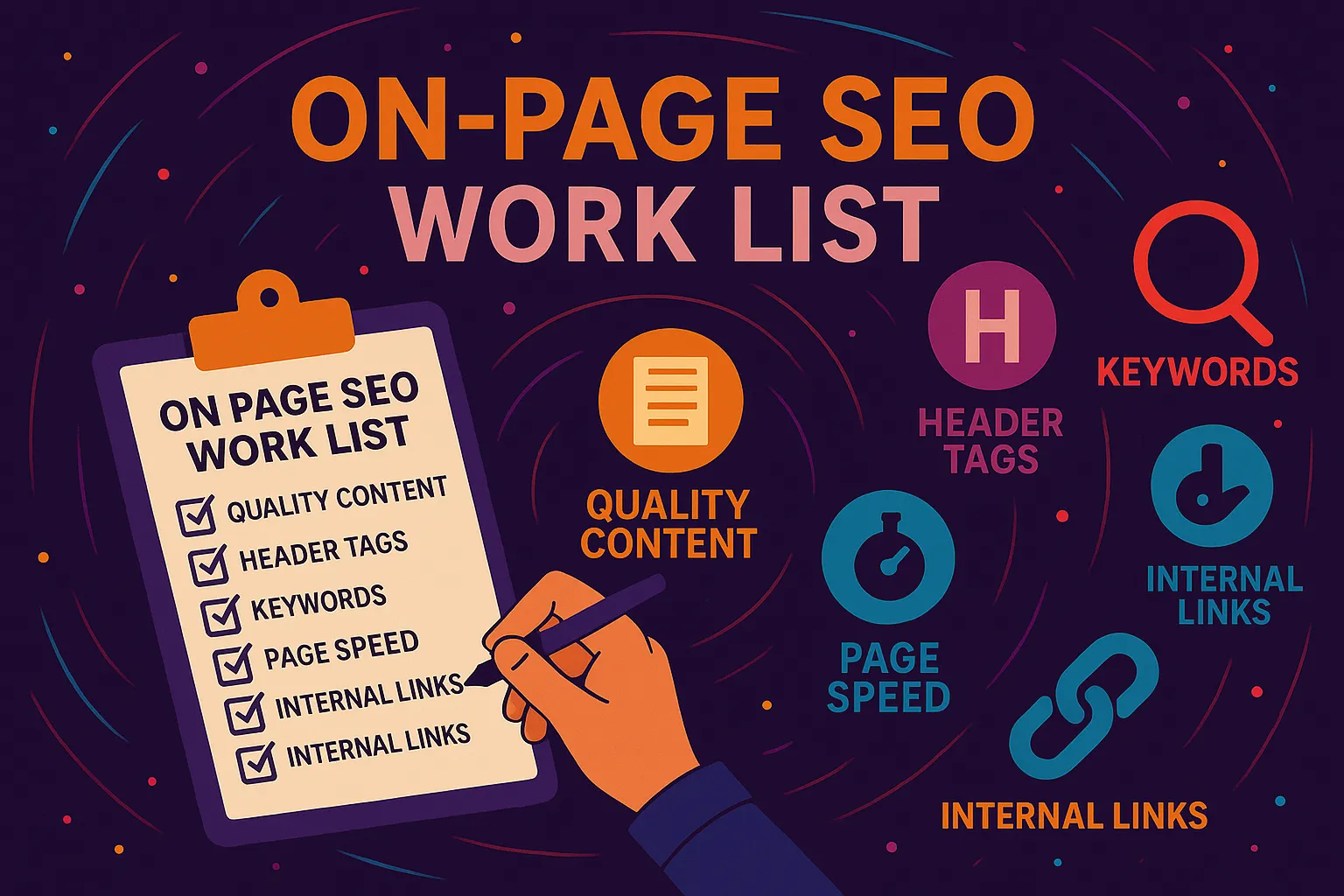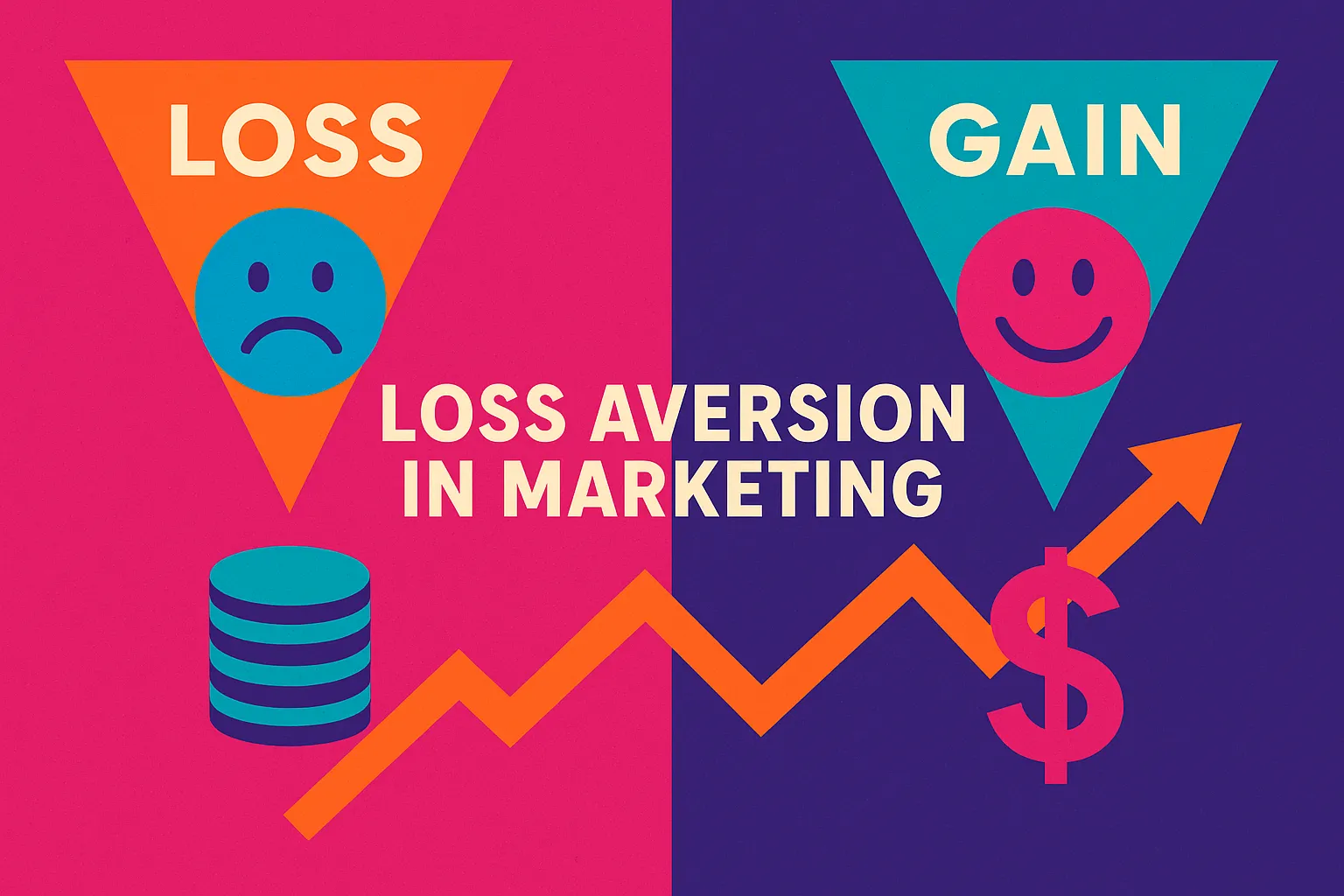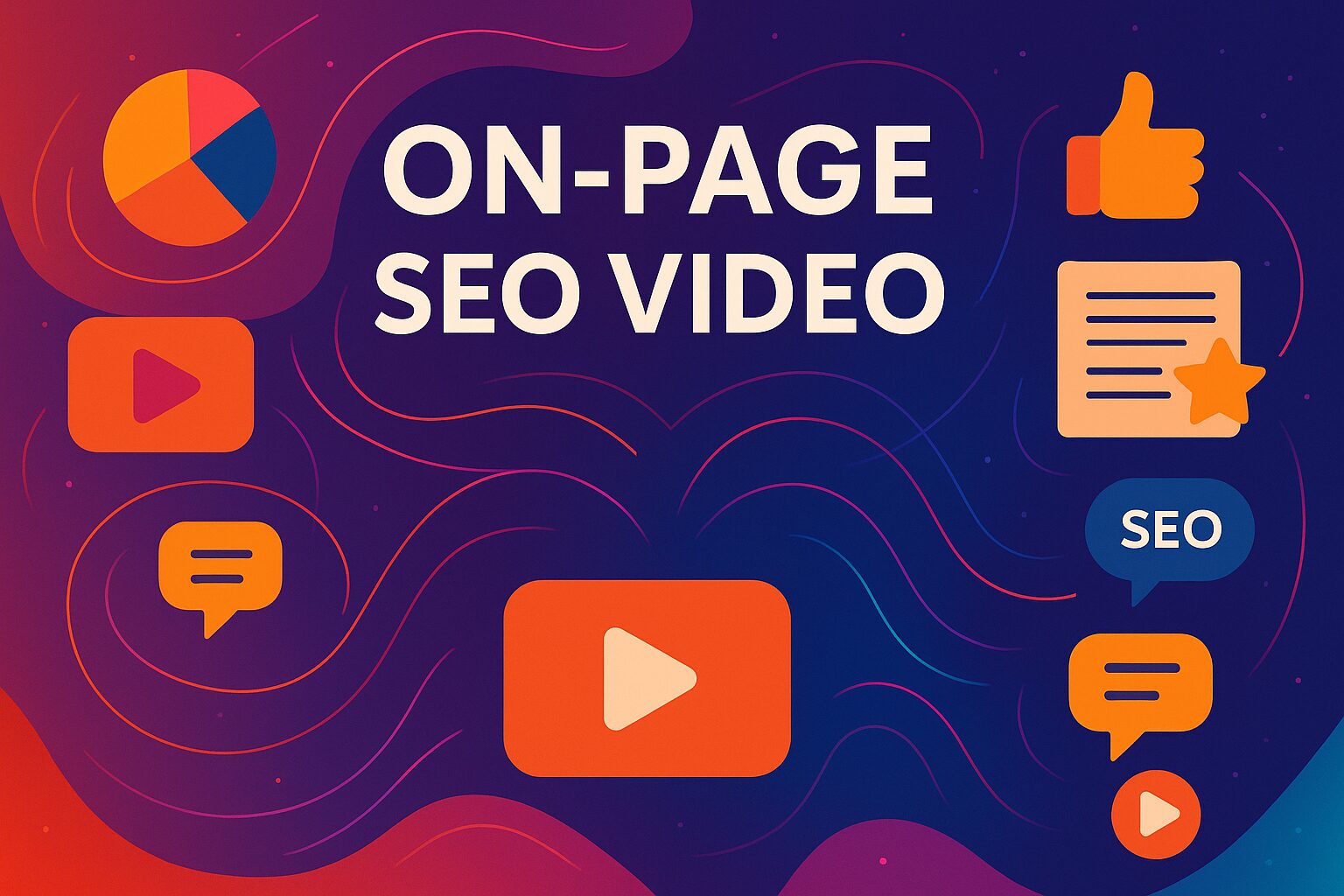What is the Veblen Effect?
The Veblen Effect is a pricing concept where demand for a product actually goes up as its price increases. That’s right — the more expensive something is, the more people want it.
This goes against the normal rule of supply and demand. But it’s real, and it’s everywhere.
Named after economist Thorstein Veblen, this effect is all about how price becomes a symbol of status. When people see a high price, they think it must be better, rarer, or more prestigious — and they want in.
TL;DR
- The Veblen Effect explains why some people want things because they’re expensive
- We’ve seen this behavior in both physical and digital products — from Rolex to SaaS apps
- I’ve personally tested pricing strategies that show higher prices can increase perceived value
- In digital marketing, your price is often your first impression — and status signal
- This post shows how you can use the Veblen Effect to grow your business, based on real-world data and 10 years of experience
Our Experience with High-Price Strategy at Vibe Branding
At Vibe Branding, we’ve spent over a decade helping businesses scale through smart digital strategy. We’ve seen firsthand how the Veblen Effect plays out — not just in luxury products, but in digital tools, courses, apps, and services.
Years ago, I worked with a coaching client who was selling a $99 online course and struggling to get enrollments. We did a total rebrand and raised the price to $499.
The crazy part? Her sales actually doubled.
It wasn’t just about the content — it was about perception. People assumed it was more valuable simply because it cost more.
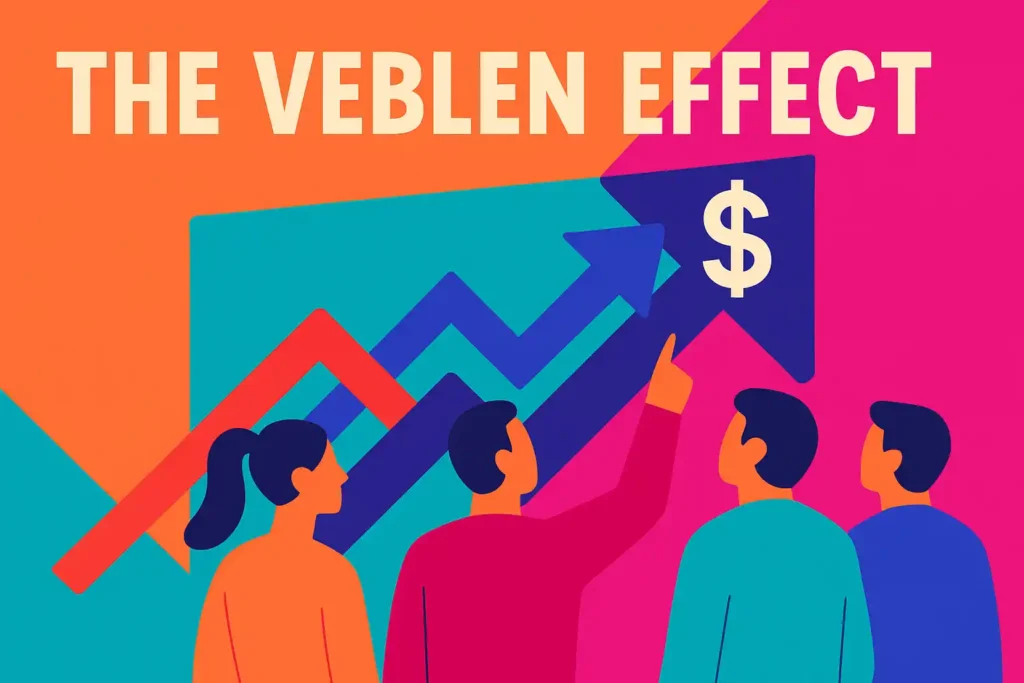
What the Research Says About Perceived Value
This isn’t just my story either. A 2008 study scanned people’s brains while they drank wine.
All participants were sipping the exact same wine — but some were told it cost $10, others $90. Guess what?
The brain’s pleasure centers lit up more for the $90 bottle. That’s the Veblen Effect in action.
Another real-world test took place in a restaurant: same wine, different bottles. One labeled as coming from a fancy region, the other from a cheap one.
Diners not only rated the wine higher when they thought it was expensive — they rated the food higher too. The perceived value of one thing lifted the whole experience.
How the Veblen Effect Applies to Digital Products
Now let’s talk about digital products, because this is where things get really interesting. People don’t just apply the Veblen Effect to watches and handbags.
They apply it to software, online communities, even email apps. One of my favorite examples is Superhuman — the invite-only email app that launched at $30/month when most email apps were free.
You’d think no one would pay, but it built a waitlist of 180,000+ people. Why?
The price became the product. It wasn’t just email — it was elite email. We’ve used similar strategies at Vibe when branding premium SaaS clients, and it works.
Real-World Examples in Digital Pricing
Let me show you what I mean in a more visual way. Here’s a table with real-world digital examples that show the Veblen Effect in motion:
Product or Service | Base Price | Outcome with Higher Price | Notes |
Online Course | $99 | Sales doubled after raising to $499 | Perceived as more advanced and exclusive |
Superhuman Email App | $30/month | 180,000 waitlist despite free email competition | Positioned as premium productivity for high-performers |
SaaS Enterprise Tier | $300 | Demand spiked after raising to $3,000 | Enterprise clients trusted it more at higher price |
Digital NFT Art | $1,000+ | Demand increased as prices soared | Status symbol in crypto and influencer spaces |

The Power of Perception: Why Higher Prices Work
Over time, we’ve learned to respect price as a branding tool. One mistake we often see with digital founders is underpricing — thinking a cheaper product will get more users.
But if you’re targeting serious buyers or decision-makers, cheap can look risky. We worked with a cybersecurity software company last year that was priced well below their competition.
IT directors kept skipping over them. When we doubled the price and redesigned the site to feel more “enterprise,” they started closing 4× more deals.
That’s the Veblen Effect doing its job.
Warning: It Only Works if You Deliver
But it’s not all hype. The Veblen Effect isn’t a license to overcharge for junk.
A high price can attract attention, but the experience needs to back it up. Think of price as a promise.
If your product delivers, customers will feel like they got something special — and they’ll tell others. If not, it backfires fast.
This is where your brand, onboarding, support, and community all matter. We always advise clients: if you’re going premium, act premium.
That means fast support, polished UX, and clear value. The price sets the expectation — everything else needs to prove it right.
Influencers, Exclusivity, and Digital FOMO
We also see this effect show up in influencer culture. When a digital product — like a course, a mastermind, or even a virtual good — is endorsed by someone with status, and comes with a high ticket price, it can sell out in minutes.
The exclusivity becomes part of the story. People love saying, “I got into X before it closed,” or “I paid $2K to be in that room.”
That’s not logic. That’s emotion.
And it’s incredibly powerful. As marketers, we don’t just work with facts — we work with feelings.
The Veblen Effect reminds us that pricing is emotional.

Building a Premium Digital Brand
We’ve used this concept in everything from naming to web design to funnel structure. When we help a client position themselves as premium, we’re not just slapping a high price on their product.
We’re building a world around it. That means limited access, elevated visuals, bold copy, and sometimes even removing cheaper options.
We once helped a client 10x their revenue by dropping their $49 plan and offering only a $299 one. Same product.
Totally different positioning. The change made customers feel like they were buying the best — because it looked, felt, and cost like the best.
Using the Veblen Effect in Your Business
You don’t have to be Louis Vuitton or Rolex to use the Veblen Effect. You just need to understand your audience.
If your product solves a high-value problem — if it saves time, builds status, or drives results — then pricing it higher might actually work in your favor. The key is to deliver on the promise.
At Vibe Branding, we’ve helped over 100 brands do this, and we’ve seen the results firsthand. Pricing is never just a number.
It’s a message. And if you send the right message, the right people will come.

